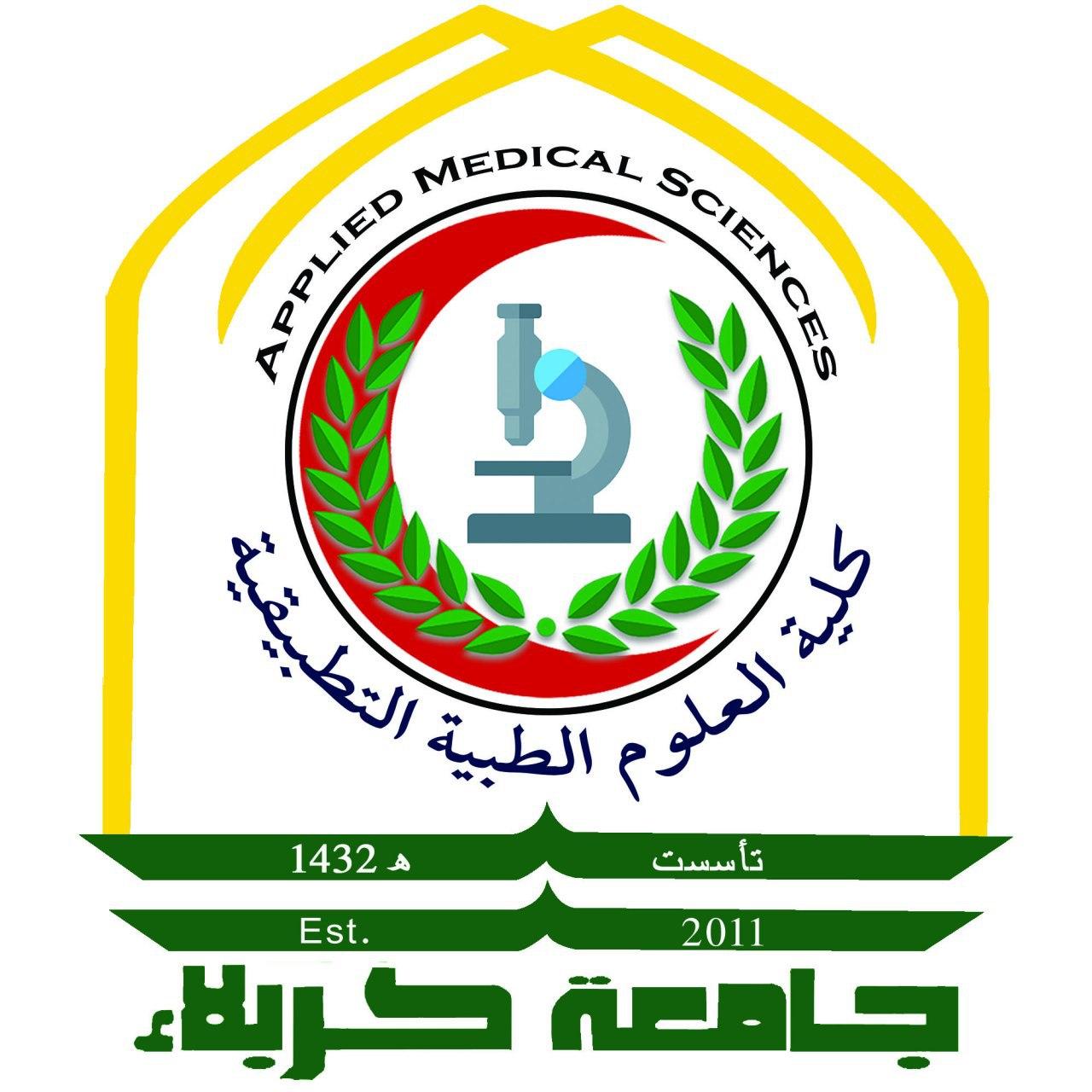Physiological analysis of vitamin D deficiency in food and its impact on osteoporosis and heredity
Abstract
The aim of this study is to find out the difference between the osteoporosis, heredity and controls in Serum 25-hydroxyvitamin D and serum calcium. And to determine the biochemical changes among patients with osteoporosis, heredity and to assess any association different demographic variables. A convenient sample of 50 patients diagnosed to have osteoporosis was compared with thirty controls known not to have osteoporosis. Serum 25-hydroxyvitamin D and calcium level were compared between the two groups. Frequency distribution tables with percentages and means and standard deviations were compared using the Statistical Package for Social Sciences version 21 (SPSS-21) at a significance level of <0.05. The age and gender distribution was similar in both groups. The mean age was 42.54 ± 16.19 and 41.67 ± 18.14 in the osteoporosis patients and controls, respectively. Highly significant difference was found in the mean vitamin D level between the two groups while no such difference was discovered in calcium level. Age was weakly, but significantly correlated with calcium level and there was a significant correlation between vitamin D and calcium level. Previous similar studies in surrounding counties and developed countries showed similar finding which needs to be translated to actions in the form of screening or general supplementation for elder people regardless of symptoms. Conclusions and recommendations: Patients with osteoporosis need to be treated with vitamin D therapy to alleviate their symptoms.
Keywords: osteoporosis, serum calcium, vitamin D deficiency






























































